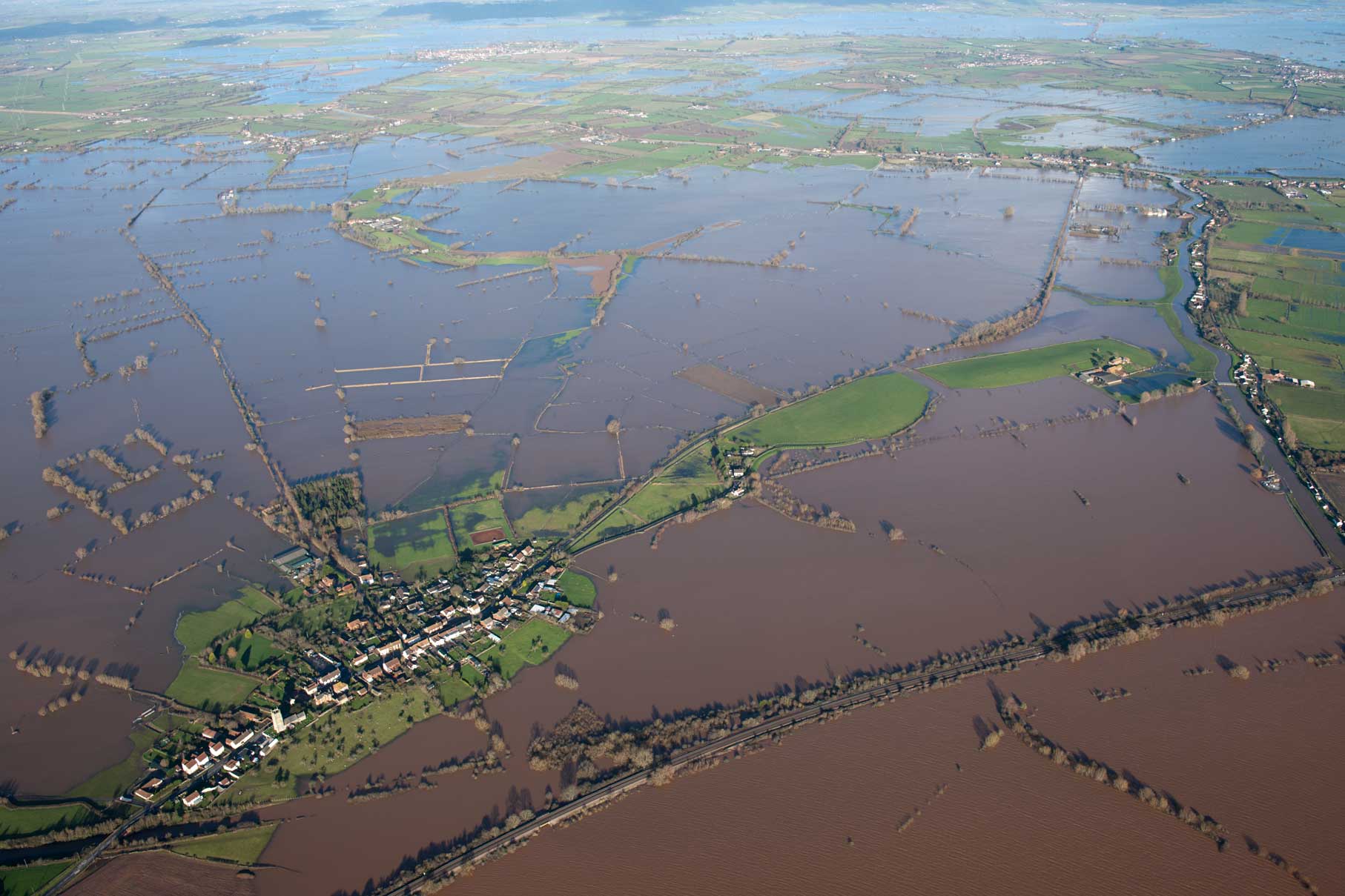Joint Heritage Sector Statement on Climate Change
Climate change is one of the most significant and fastest growing threats to people and their cultural heritage worldwide. Responding to climate change requires action but that does not need to be at the expense of our cultural heritage which can help society adapt to the dual challenges of new climates and a low carbon future.
In the context of the current COVID-19 emergency, we also recognise that the way society has changed and the way we adapt to new ways of working may critically affect our carbon footprint. This process of change may provide a once-in-a-generation opportunity to address the long term challenge of finding new ways of working and living also posed by climate change. It is important we do not miss this opportunity.
The historic environment sector, like others, must contribute to reducing greenhouse gas emissions, so as to minimise the most harmful impacts of climate change. We also have a responsibility to take action to understand, mitigate and adapt to the effects of a changing climate, so that we can continue to pass on our heritage to future generations.
We recognise that the historic environment has its part to play in:
- mitigating climate change by making its contribution to reducing greenhouse gas emissions, and
- understanding and adapting to the challenges presented by a changing climate, and
- communicating and engaging people with climate change and actions to reduce carbon emissions and adapt to changing climate.
We recognise that the scale of these challenges merits a collaborative response and we agree to work together to understand and address the impacts of climate change on the historic environment. In particular we commit to:
- Develop action plans for each of our organisations to reach carbon net zero before 2050 with a series of interim targets to achieve that goal. To that end we will work together to develop common standards of measurement.
- Work together to agree a set of measures aimed at understanding the effects of climate change on the historic environment, and how best to adapt to those changes, and mitigate the impacts where possible.
- Cooperate where possible and practicable with collating and commissioning research, sharing results and lessons learned.
- As well as carbon reduction associated with the direct impacts of our organisations, use our influence to support and promote wider climate change mitigation and adaptation, sharing our knowledge and evidence with sectors such as construction and tourism.
- Articulate an evidence-based case for the importance of the historic environment in respect of the embodied carbon value of historic buildings, and the particular contribution that the retention and reuse of old buildings makes, together with the sustainability of traditional building materials and design.
Adopted by:
Architectural Heritage Fund
Churches Conservation Trust
English Heritage Trust
Historic England
Historic Houses
National Lottery Heritage Fund
National Trust
The Heritage Alliance
June 2020
Historic England’s approach to climate change
Over the past several years we have been working closely with other organisations, on a national and international scale, to understand and address the challenges that the historic environment faces as we move into a period of climate-uncertainty. Our research assesses the risks and opportunities presented by climate change for the historic environment.
From looking at how re-using our existing building stock, rather than rebuilding, would help us meet our ambitious carbon targets, to extensive research on increasing energy efficiency in our historic buildings, and understanding how lessons from the past might improve flood resilience, we are committed to working with partners to find the best solutions to manage the most vulnerable parts of our precious heritage.
Climate change mitigation
Climate change ‘mitigation’ refers to measures taken to reduce the greenhouse gases that exacerbate climate change in an attempt to limit future change. This includes things such as energy efficiency, renewable energy generation, and efforts to store and offset carbon. Historic England recognises the importance of climate change mitigation and believes that energy efficiency and sustainable technology are compatible with the conservation of our heritage. We offer guidance on the installation of renewable energy generation and the historic environment, and also on energy efficiency and historic buildings.
Climate change adaptation
Climate change ‘adaptation’ refers to measures taken to adapt to climate change that's already inevitable. We know that even if greenhouse gas emissions were to cease entirely today, there are still climatic changes that we would experience as a consequence of previous emissions: sea level rise, changes in precipitation patterns (more intense downpours, more frequent droughts), warming in average temperatures and changes in storminess. We have set out our approach to adaptation to future climate change in a report to Government in 2016. We're committed to:
- Understanding the impacts of climate change upon the historic environment and our work
- Improving the resilience of our workforce
- Supporting increased resilience in the historic environment
- Embedding climate change adaptation and environmental risk management within projects and practices
- Promoting the positive role the historic environment can play
- Developing an approach for dealing with inevitable change, including loss
- Supporting the English Heritage Trust in addressing climate change impacts on the National Collection





